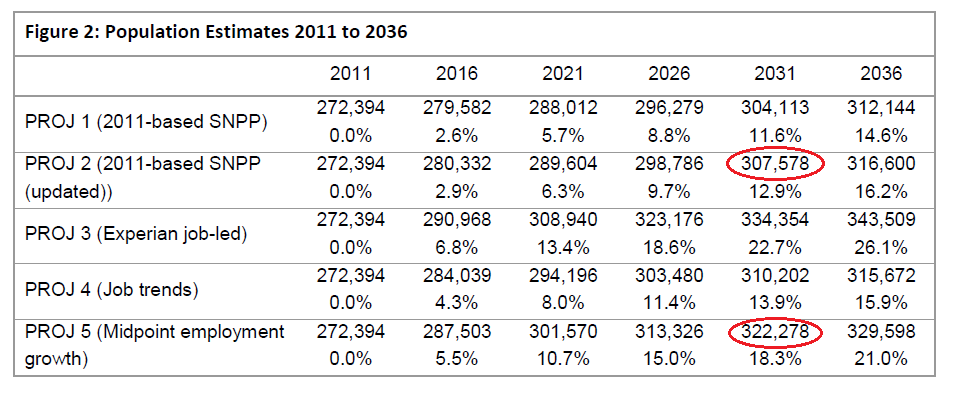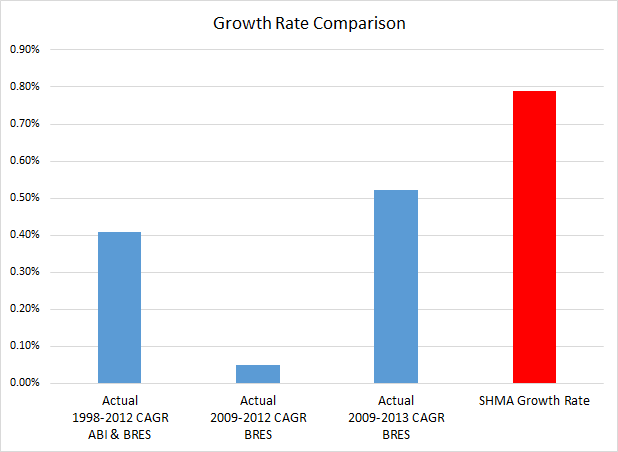Hart District Council meets again on 29 October at 7pm. We have been busy preparing some questions for them on brownfield capacity; the impact of the new Government announcements about brownfield sites; Ranil’s statement about protecting our green fields; when they might use Compulsory Purchase Orders to acquire vacant sites; the inaccurate assumptions in the SHMA and the slippage in the timetable for the Hart Local Plan.
The questions can be downloaded from the button, and are re-produced below:

Questions to Hart Council on 29 October 2015
290 Downloads
To Daryl Phillips
- Please provide an analysis, including SHLAA ref, site name and description, site area in hectares, and expected yield, of the sites that have been used to build up the estimate provided at cabinet on 1 October 2015, when you asserted that the ‘guesstimated’ capacity for brownfield development in the district up to 2031 was now 1,800 dwellings (up from the 750 dwelling estimate of a year ago and compared to the 2,438 units estimated by WeHeartHart).
- How will the recent Government announcement extending permitted development rights indefinitely and allowing automatic planning permission in principle on brownfield sites impact your assessment of brownfield capacity?
To Stephen Parker
- Do you agree with our local MP who says: “I believe unused and redundant commercial buildings should be brought forward for regeneration before any more greenfield sites are allocated anywhere in NE Hampshire. That includes Grove Farm, Hop Garden, Winchfield, the Urnfield…I’m against these developments – indeed, this sort of large-scale top-down volume-led development generally – as I do not believe they are necessary to deliver the housing we need in our area. Looking at Hart District specifically for a moment, as the largest part of the constituency, I believe that the local housing demand can be met on brownfield sites”?
- What criteria would you use and how long would a brownfield site need to be vacant, with no sign of redevelopment before the council would consider using Compulsory Purchase Orders (CPOs) to ensure that we can build modern apartments for young professionals who can’t otherwise buy a home in our area?
- How many sites would meet those criteria and how many dwellings might they yield?
- Given that the baseline estimate of the number of households in Hart in 2011 and 2031 used in the SHMA was 35,760 and 42,220 respectively, but the new DCLG 2012-based household projections (Table 406) for 2031 show that Hart will have only 40,618 households, a reduction of 1,602, can you confirm that these revised figures will lead to a corresponding reduction in Hart’s assessed housing need?
- When will the 6,560 excess housing requirement for the whole HMA be removed from the assessed need in the SHMA given that the new DCLG 2012-based population projections (Table 426) show a population projection of only 289K for the HMA for 2031, compared to the SHMA (Appendix F, Figure 2)
starting assumption of 307K and the final population estimate of 322K used to determine housing need?
- What justification is there for assuming the significant social changes implied in the SHMA given that the SHMA increases the number of houses that need to be built based in part on very ambitious jobs forecasts which when combined with the population projections in the SHMA results in a massive increase in the proportion of people of working age who will be in employment (see table below)?
| Data Point | 2011 (Census) | 2011 (BRES) | 2031 (PROJ 2) | 2031 (PROJ 5) |
|---|---|---|---|---|
| SHMA Population (a) | 272,394 | 272,394 | 307,578 | 322,278 |
| People in employment (b) | 122,300 | 125,000 | 162,233 | 170,223 |
| Overall % in employment (b/a) | 44.9% | 45.9% | 52.7% | 52.8% |
| People over 70 (c) | 28,559 | 28,559 | 51,164 | 51,164 |
| People 5-19 (d) | 67,375 | 67,375 | 73,206 | 73,206 |
| People of working age (a-c-d)=e | 176,460 | 176,460 | 183,208 | 197,908 |
| % working age in employment (b/e) | 69.3% | 70.8% | 88.6% | 86.0% |
- What steps will be taken to adjust the jobs forecasts in the SHMA given that, a) the revised BRES job numbers for 2013 show that the compound annual growth rate in jobs we have achieved since the recession ended in 2009 is ~0.5% which is much lower than the ~0.8% growth rate assumed in the SHMA for the period 2011-2031, b) this comes at a time when the UK is creating more jobs than the rest of the EU put together and c) it is inevitable we will experience at least one more recession during the plan period?
- What steps are being taken to accelerate the delivery of the Local Plan given that the recent Government announcement indicated that Local Plans need to be brought into force by 2017 and the current LDS shows the Local Plan being adopted in Summer 2017 and other DPD’s in Autumn 2018 and the track record of past slippage?



Pingback: Hart Council Leader stonewalls questions about revisions to the SHMA | We Heart Hart